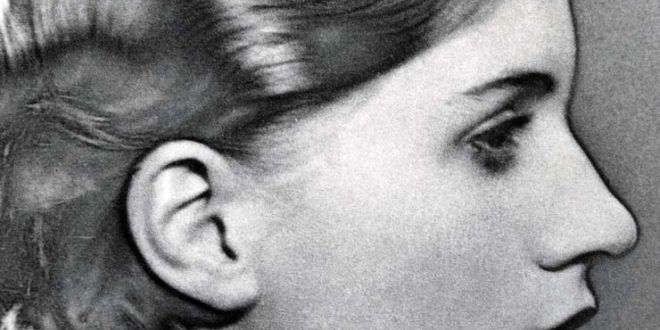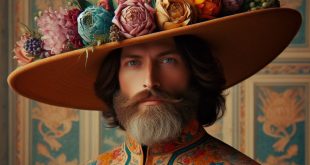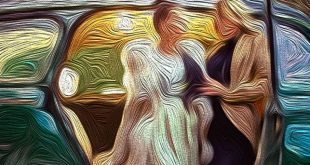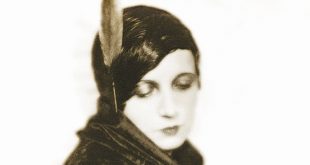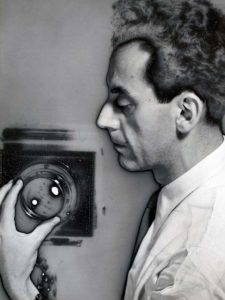 What matters is the idea, not the camera
What matters is the idea, not the camera
His body ws buried in the Montparnasse cemetery, where you can read the epitaph: Nonchalant, but not indifferent. Le violon d’Ingres, one of his photographic portraits from 1924, depicted the naked back of a model retouched with marker strokes, a true creative genius in the form of two violin Effe. Born in Philadelphia in 1890, he was a painter, photographer, as well as the author of new expressive ways in contrast with the tastes of his time. By embracing the surrealist movement with photos that evoke elusive dreams, photographer Man Ray https://www.moma.org/artists/3716 was able to explore the alterations of the unconscious. His sculptures are famous, as is his Object to Destroy, a metronome with a photograph of an eye. In 1963, he published Self-portrait, his autobiography, while in 1975 he exhibited his photographs at the Venice Biennale.
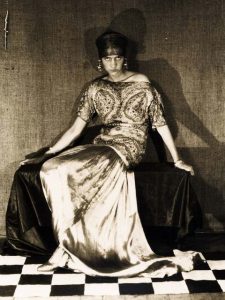
 Born into a family of Russian immigrants, he had his first name Emmanuel who, however, changed to Manny in 1912. In the early decades of the twentieth century, Man Ray https://www.manray.net/ fertilized American Dadaism, while with his photos he was able to capture the soul of the French surrealist movement. Moving to Paris in 1921, he frequented the same circles as Picasso, Chagall and Mirò, distinguishing himself with photographic portraits destined to become famous, such as those of Picasso and Hemingway. Working as a film director, he made films forerunners of surrealist cinema: Anemic cinema, Emak-bakia, L’etoile de mer and Le mysteres du chateau de dé.
Born into a family of Russian immigrants, he had his first name Emmanuel who, however, changed to Manny in 1912. In the early decades of the twentieth century, Man Ray https://www.manray.net/ fertilized American Dadaism, while with his photos he was able to capture the soul of the French surrealist movement. Moving to Paris in 1921, he frequented the same circles as Picasso, Chagall and Mirò, distinguishing himself with photographic portraits destined to become famous, such as those of Picasso and Hemingway. Working as a film director, he made films forerunners of surrealist cinema: Anemic cinema, Emak-bakia, L’etoile de mer and Le mysteres du chateau de dé.
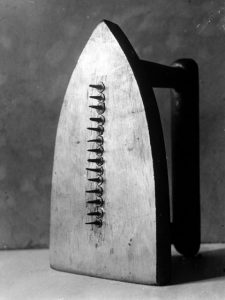
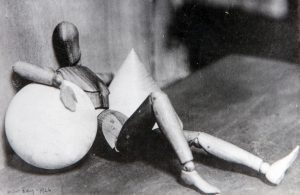 Preferring to cultivate his flair for the graphic arts, after high school, he refused a scholarship, and began painting under the influence of Cubism. Unaware that a camera could change his life, in 1914, Man Ray http://www.artnet.com/artists/man-ray/ bought one to photograph and catalog his works. More than a mere photographer, he perceived himself as an artist who was looking for new ways. With the intent of creating mysterious and ghostly subjects, he invented photographic images obtained by placing objects on sensitive paper, the Rayographs.
Preferring to cultivate his flair for the graphic arts, after high school, he refused a scholarship, and began painting under the influence of Cubism. Unaware that a camera could change his life, in 1914, Man Ray http://www.artnet.com/artists/man-ray/ bought one to photograph and catalog his works. More than a mere photographer, he perceived himself as an artist who was looking for new ways. With the intent of creating mysterious and ghostly subjects, he invented photographic images obtained by placing objects on sensitive paper, the Rayographs.
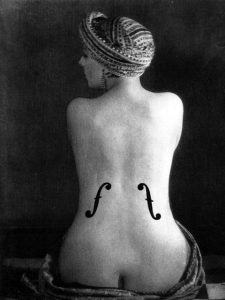
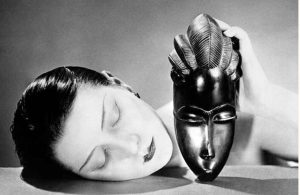 In 1915, the meeting of Man Ray https://blog.artsper.com/en/lifestyle/5-things-to-know-about-man-ray/ with Marcel Duchamp contributed to generating the American Dadaism that he was then able to express with his painting of 1921, Cadeau, destined to become an icon of the Dadaist movement. With his solarization technique, he was able to surround fantastic figures with a metaphysical aura. Around 1924, when he falls in love with a singer destined to become his model, he alternates work as a fashion photographer with artistic research. At the outbreak of the Second World War, he fled to New York, a city where he was able to express his talent as a fashion photographer. He then returned to Paris and died in Montparnasse, where he lived until 1976. We want to remember him with his words: “What matters is the idea not the camera”.
In 1915, the meeting of Man Ray https://blog.artsper.com/en/lifestyle/5-things-to-know-about-man-ray/ with Marcel Duchamp contributed to generating the American Dadaism that he was then able to express with his painting of 1921, Cadeau, destined to become an icon of the Dadaist movement. With his solarization technique, he was able to surround fantastic figures with a metaphysical aura. Around 1924, when he falls in love with a singer destined to become his model, he alternates work as a fashion photographer with artistic research. At the outbreak of the Second World War, he fled to New York, a city where he was able to express his talent as a fashion photographer. He then returned to Paris and died in Montparnasse, where he lived until 1976. We want to remember him with his words: “What matters is the idea not the camera”.
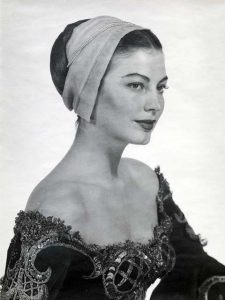
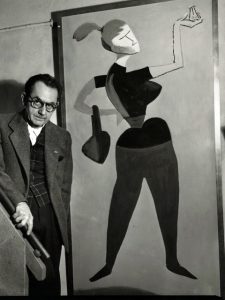 If you want to know already published photographic stories, you can type https://meetingbenches.com/category/photography/. The intellectual properties of the images that appear on this blog correspond to their authors. The sole purpose of this site is to spread the knowledge of these creatives, allowing others to appreciate the works.
If you want to know already published photographic stories, you can type https://meetingbenches.com/category/photography/. The intellectual properties of the images that appear on this blog correspond to their authors. The sole purpose of this site is to spread the knowledge of these creatives, allowing others to appreciate the works.
 Meeting Benches World art in all forms
Meeting Benches World art in all forms
